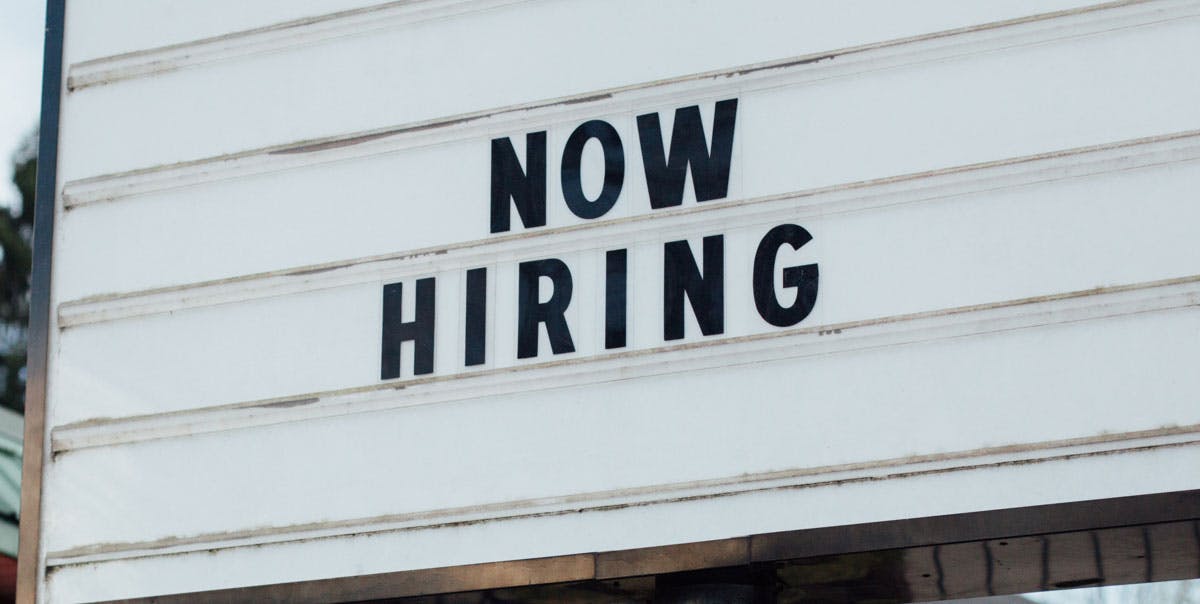Checklist for Hiring Sales People
Matthew Bellows
In my Inc.com article “You’re Not Ready for a Sales Hire,” I warned people away from the knee-jerk reaction to typical startup product problems.
Sales is all about repeatable, scalable communications. But if you focus on sales too early, early customers can drag your product from serving a market into serving their niche.
At some point, though, you will be ready to build that sales team. Check these 10 boxes and you’ll know you’re ready.
Here are 10 ways to tell that you’re ready to hire salespeople.
Checklist for Hiring Sales People
- Product/Market Fit
- More than $1 Million
- Inbound Interest
- Economic Sales Plan
- Outlined a Comp Plan
- Sketched a Territory Plan
- Conducted Onboarding and Training
- Have a Place to Sit and Demo
- Choose a CRM
- Willingness to Let Go
- Sellable Product
1. Product/Market Fit
Has your product found a niche of early adopters who will pay?
A quick way to tell: if 40% of your customers, when surveyed, say they’d be “very disappointed” if they couldn’t use your product.
2. More Than $1 Million
For hiring salespeople, you need to have a clear path to at least $1 million in bookable revenue.
If you can’t make a list of the customers who are likely to spend that much with you, don’t hire.
3. Inbound Interest
You should be getting emails and calls from potential customers. If no one is curious enough to contact you, your product isn’t ready.
Only an enormous marketing budget will make up for a lame product – and that’s a waste.
Tip: For mastering your interview process: Here are 29 entry-level sales interview questions to help you find the best sales reps.
4. Economic Sales Plan
David Skok from Matrix Ventures has done us all a huge service by posting his Inside Sales economic model. And Brad Feld (disclosure: Brad is an investor in Yesware) gave me a back-of-the-envelope version of the same thing:
“When a salesperson can earn back their monthly salary in MRR (monthly recurring revenue) every month, you are ready to scale your sales team.”
The calculus for non-recurring products is different, but the idea is the same: after a two-to-four-month ramp, every salesperson has to be extremely profitable.
5. Outlined a Comp Plan
Sales compensation is one of the craziest, most mixed-up, least data-driven aspects of modern business.
“Standard” comp plans range from 100% variable to 80% fixed, and there are interesting anecdotes on paying salespeople 100% fixed salary. No matter where you start, pick one approach before you start your hiring process.
A quick tip: make sure your comp plans are cash-flow positive for your business. Payout any variable component of the plan only after your business has cashed your customer’s check.
6. Sketched a Territory Plan
With someone else on board, you have to divide your leads.
How’s that going to happen? As with comp, there are hundreds of sales territory models. The standard approach is geographical or alphabetical, but for a global product and your first sales hire, that’s not going to work.
At Yesware, we started by dividing leads by opportunity size. Your mileage may vary.
7. Conducted Onboarding and Training
According to Trish Bertuzzi, inside salespeople take an average of four months to reach full productivity.
You will fall on the bad side of average if you don’t have basic company and product training in place before your first salesperson starts.
Include hands-on time with your product, and plenty of call scripts/email templates for your new recruits. Shadowing you is not sales training.
8. Have a Place to Sit and Demo
This sounds obvious, but it’s crucial.
Without a readily available and quiet place from which to make calls, your new salesperson will fail.
9. Choose a CRM
The default choice, especially for venture-backed companies, is Salesforce.com for its app ecosystem.
But also consider Insight.ly for its Gmail integration; Base for its mobile experience; and either Highrise or Batchbook for their simplicity.
10. Willingness to Let Go
This is often the hardest box to check for founders. When you hire a salesperson, you’ve also hired a new face of the company.
To be effective, your salespeople have to become independent of you. They will explain things differently. They will have different work habits than you. They will help you and your company grow up. You have to be ready for this step. If you can’t let go and trust someone else with “your” customers, don’t hire a salesperson.
And after you’ve hired your first salesperson, here’s one test to figure out if you are ready for your second:
11. Sellable Product
As the founder, you have an unfair selling advantage. Before you hire your second or third salesperson, make sure that someone else can close deals consistently.
If not, the product just isn’t ready. When Paul Hlatky, six months out of college and two months into selling Yesware, closed a major cloud storage provider with minimal interference from me, I knew we had a sellable product.
Conclusion
I hope this helps you build a world-beating team of revenue magnets.
Please let me know how you know you’re ready to hire in the comments below.
Originally published February 28, 2014, updated February 2020.
Get sales tips and strategies delivered straight to your inbox.
Yesware will help you generate more sales right from your inbox. Try our Outlook add-on or Gmail Chrome extension for free, forever!
Related Articles
Casey O'Connor
Casey O'Connor
Casey O'Connor
Sales, deal management, and communication tips for your inbox

